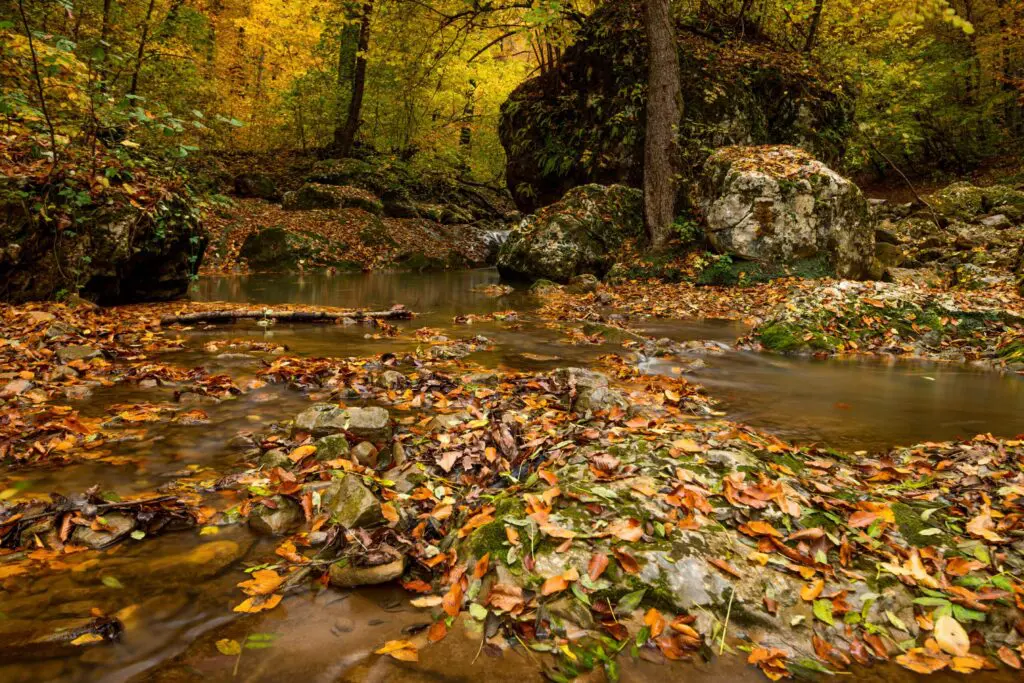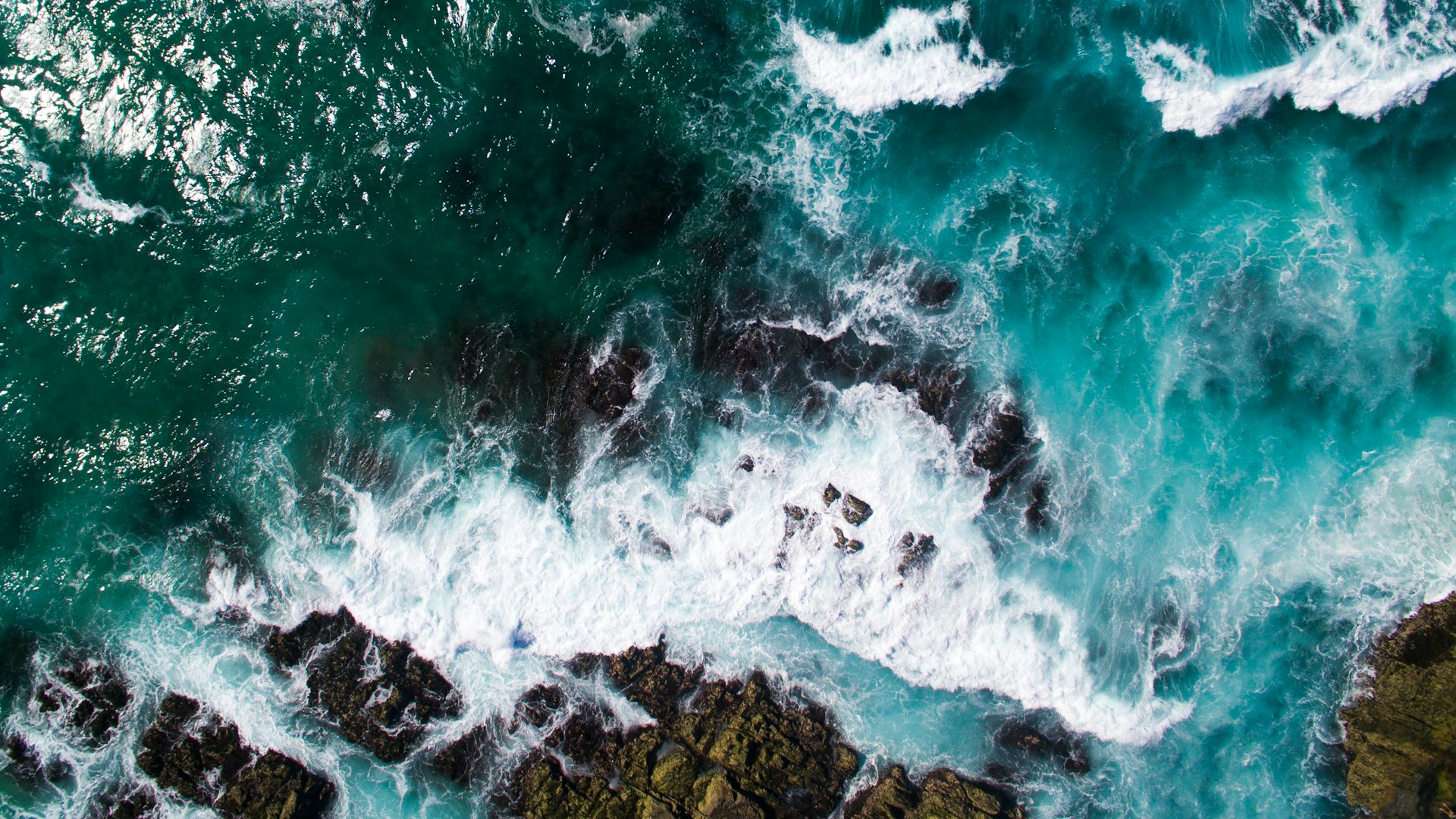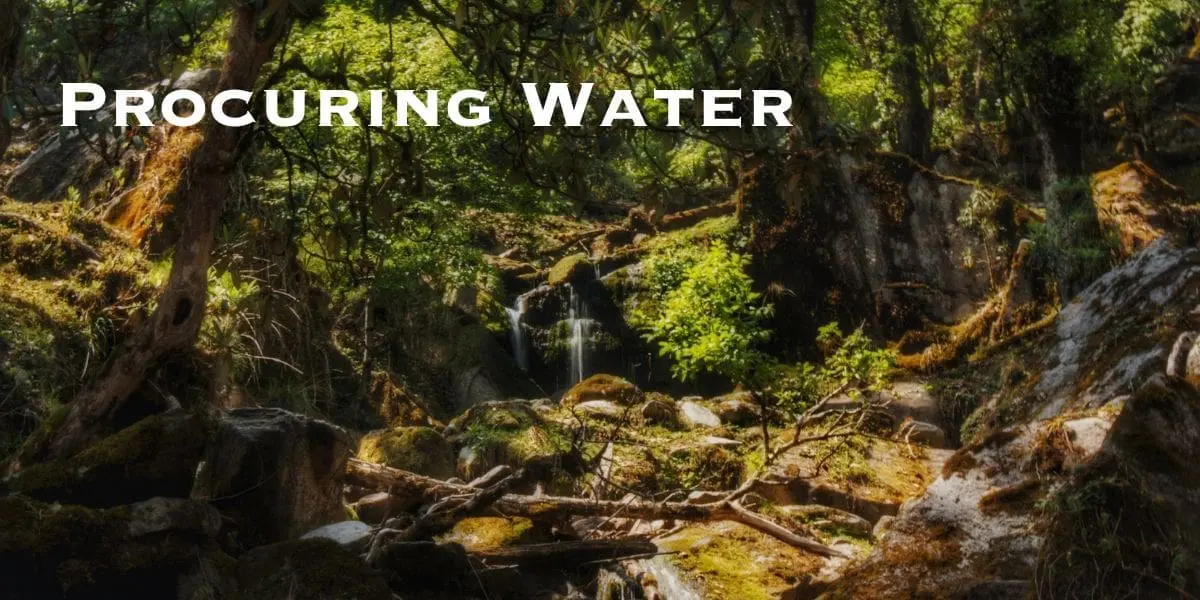Procuring Water in the Wild
Water is essential for survival in any situation, but it becomes even more crucial in the wilderness. When you find yourself in a survival situation, knowing how to find and procure water is vital for your well-being. However, finding and purifying water in the wild can be a challenging task. In this article, we will explore various methods and techniques for procuring water in the wilderness.
Importance of Water in Survival Situations
Water is the most important resource for survival. The human body can only survive for a few days (3 by the rules of 3, but that’s not a hard rule) without water, making it a top priority in any survival situation. Water is essential for maintaining bodily functions, regulating body temperature, and preventing dehydration. In the wilderness, where access to clean water sources is limited, knowing how to find and purify water is crucial for your survival.
Challenges of Finding and Purifying Water in the Wilderness
When you are in the wilderness, finding and purifying water can be a challenging task due to various factors. Some of the challenges you may face include:
| Challenge | Description |
|---|---|
| Limited Water Sources | In the wilderness, water sources such as rivers, lakes, and streams may be scarce or difficult to access. You may need to search for alternative sources or rely on natural indicators to locate water. |
| Contamination | Water in the wilderness is often contaminated with bacteria, parasites, and other harmful substances. Drinking contaminated water can lead to severe illnesses. It is essential to purify water before consuming it. |
| Unpredictable Weather | Weather conditions in the wilderness can change rapidly, affecting the availability of water. Droughts, heavy rains, or freezing temperatures can impact the availability and quality of water sources. |
| Limited Resources | In a survival situation, you may have limited resources and equipment to procure and purify water. It is important to be resourceful and make the most of the tools and materials available to you. |
Overview of the Article Content
In this article, we will cover various methods and techniques for procuring water in the wilderness. We will explore natural indicators for finding water sources, such as vegetation and animal behavior. We will also discuss different water collection methods, including digging for water, using solar stills, and constructing water filters.
Procuring Water in the Wild
Section 1: Finding Water in the Wild
When you are in the wilderness, finding water sources is crucial for your survival. Knowing where to look and how to identify potential water sources can greatly increase your chances of procuring water. Here are some tips and techniques to help you locate water in the wild:
Significance of Locating Water Sources in the Wilderness
Water is a precious resource in the wilderness, and finding a reliable water source is essential for your survival. Without access to clean water, your body will quickly become dehydrated, leading to fatigue, confusion, and other symptoms of dehydration. In extreme cases, dehydration can be life-threatening. Therefore, it is crucial to prioritize finding water as soon as possible.
Different Water Sources in the Wild
The wilderness offers various water sources that you can tap into for your survival needs. Some common water sources include:
| Water Source | Description |
|---|---|
| Rivers | Rivers are natural waterways that flow through the wilderness. They are often a reliable source of water, providing a steady supply. However, be cautious of potential contaminants and always purify the water before consuming it. |
| Lakes | Lakes are large bodies of water that can be found in the wilderness. They are usually a good source of water, but their quality may vary. Look for clear, still water as it is less likely to be contaminated. |
| Streams | Streams are smaller waterways that flow into rivers or lakes. They can be a reliable source of water, especially in areas where rivers or lakes are not easily accessible. Look for flowing water, as stagnant water is more likely to be contaminated. |
| Springs | Springs are natural sources of water that emerge from the ground. They often provide clean and clear water, making them an excellent option for hydration. Look for signs of vegetation or damp ground, as they can indicate the presence of a spring. |
Tips and Techniques for Identifying Potential Water Sources
When searching for water in the wilderness, keep the following tips and techniques in mind:
- Observe the landscape: Look for signs of vegetation, as they often indicate the presence of water nearby. Trees, shrubs, and other greenery are more likely to thrive near water sources.
- Follow animal trails: Animals need water to survive, so their trails can lead you to potential water sources. Look for tracks or signs of animal activity and follow them to find water.
- Listen for water sounds: The sound of running water can guide you to a water source. Listen for the sound of flowing water or the gentle trickle of a stream.
- Look for depressions in the ground: Indentations or low-lying areas in the ground can indicate the presence of water. These depressions can collect rainwater or serve as natural reservoirs.
By utilizing these tips and techniques, you can increase your chances of finding water in the wild and ensure your survival.

Procuring Water in the Wild
Section 2: Procuring Water in the Wild
Once you have located a water source in the wilderness, the next step is to procure the water for your consumption. There are several methods and techniques you can use to collect water in survival situations. It is important to have the right tools and knowledge to ensure a successful water procurement process.
with BPA Free 3 Liter / 100 oz Bladder Reservoir, Perfect Backpack for Hiking, Mountain Biking, and Skiing
Methods for Collecting Water in Survival Situations
When it comes to collecting water in the wild, there are various methods you can employ. Some common methods include:
| Method | Description |
|---|---|
| Using Containers | Carrying containers, such as water bottles or canteens, and camelbacks allows you to collect and transport water from a water source to your campsite. Make sure the containers are clean and free from contaminants. |
| Using Natural Materials | You can use natural materials, such as large leaves or hollowed-out tree trunks, to collect rainwater or water from natural sources. These materials can act as makeshift containers. |
| Improvised Methods | In survival situations, you may need to get creative and improvise water collection methods. For example, you can fashion a water-catching system using a tarp or plastic sheet to collect rainwater. |
Importance of Having the Right Tools for Water Procurement
Having the right tools for water procurement is essential for a successful survival experience. The following tools can greatly assist you in collecting water:
- Water Bottles or Canteens: These containers allow you to collect and store water for later use.
- Tarp or Plastic Sheet: These can be used to create a makeshift rainwater collection system.
- Knife or Multi-tool: A sharp knife or multi-tool is useful for cutting natural materials and creating improvised water collection devices.
- Water Filter or Purification Tablets: These tools help purify water, making it safe for consumption.
By having these tools readily available in your survival kit, you can increase your chances of successfully procuring water in the wild.
Various Techniques for Water Procurement
When it comes to procuring water in the wild, there are various techniques you can employ. Some of these techniques include:
- Collecting Rainwater: Set up a rain-catching system using a tarp or plastic sheet to collect rainwater.
- Building a Solar Still: Dig a hole in the ground, place a container in the center, cover the hole with a plastic sheet, and secure the edges. The sun’s heat will cause condensation, which will collect in the container.
- Constructing a Water Filter: Create a water filter using layers of sand, charcoal, and gravel to remove impurities from the water.
- Using Natural Indicators: Look for signs of water, such as lush vegetation or animal tracks leading to a water source.
By utilizing these techniques and methods, you can effectively procure water in the wild and ensure your hydration and survival.
































